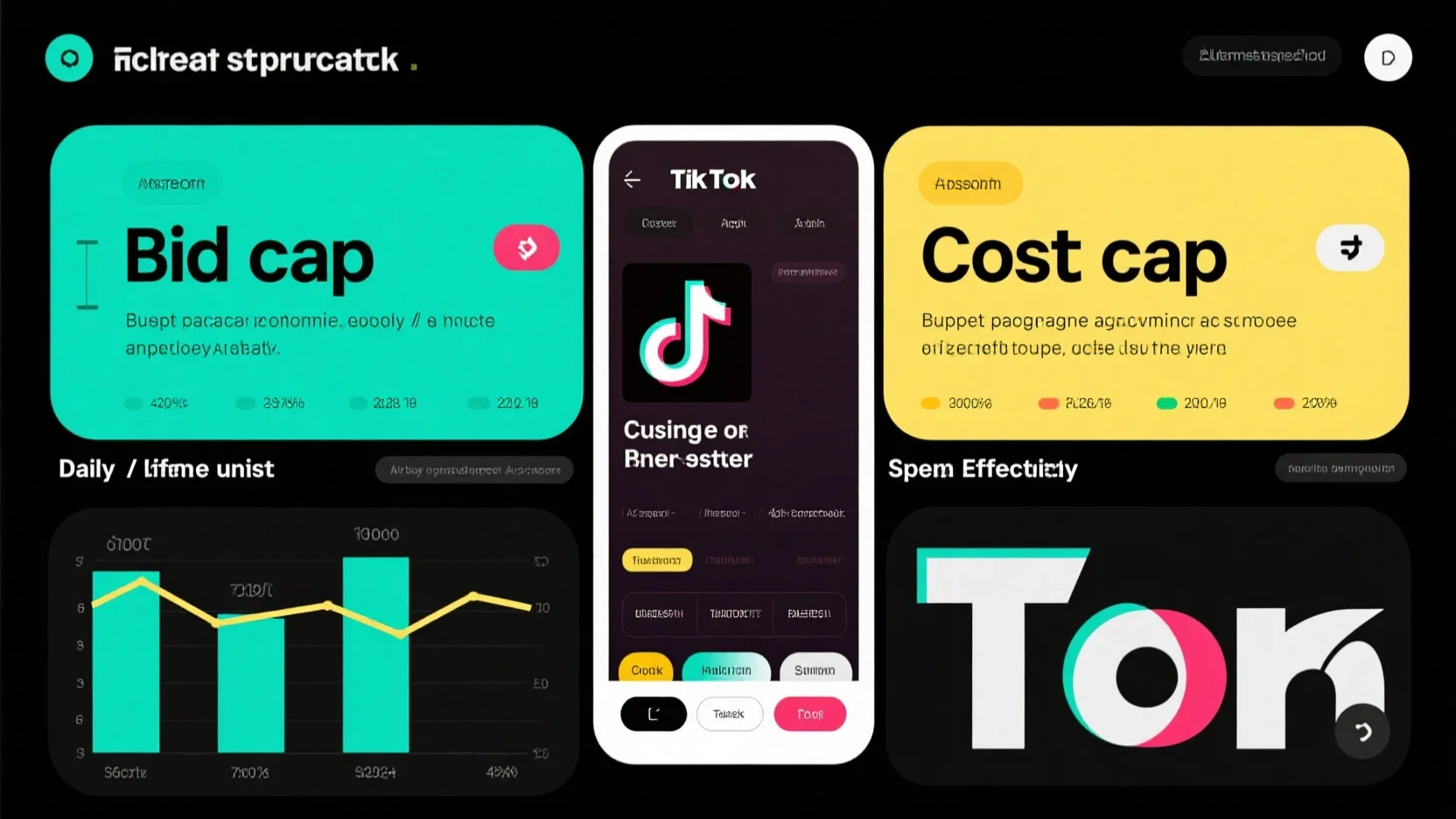
Mastering TikTok Ad Budget Strategies: Daily vs Lifetime, Pacing Algorithms, Bid vs Cost Cap & Spend Efficiency Analysis
Struggling to maximize your TikTok ad budget? You’re not alone. According to a SEMrush 2023 study, 75% of advertisers struggle with budget type selection, and up to 30% of budgets can be wasted on inefficient